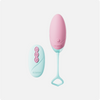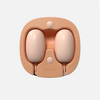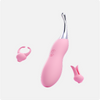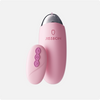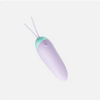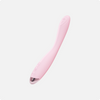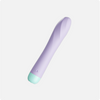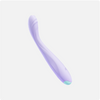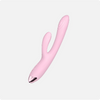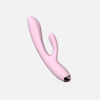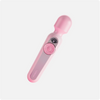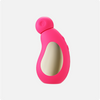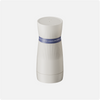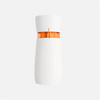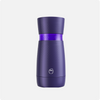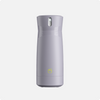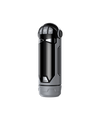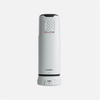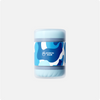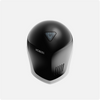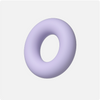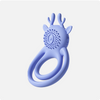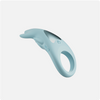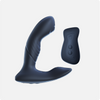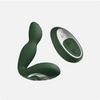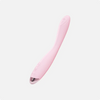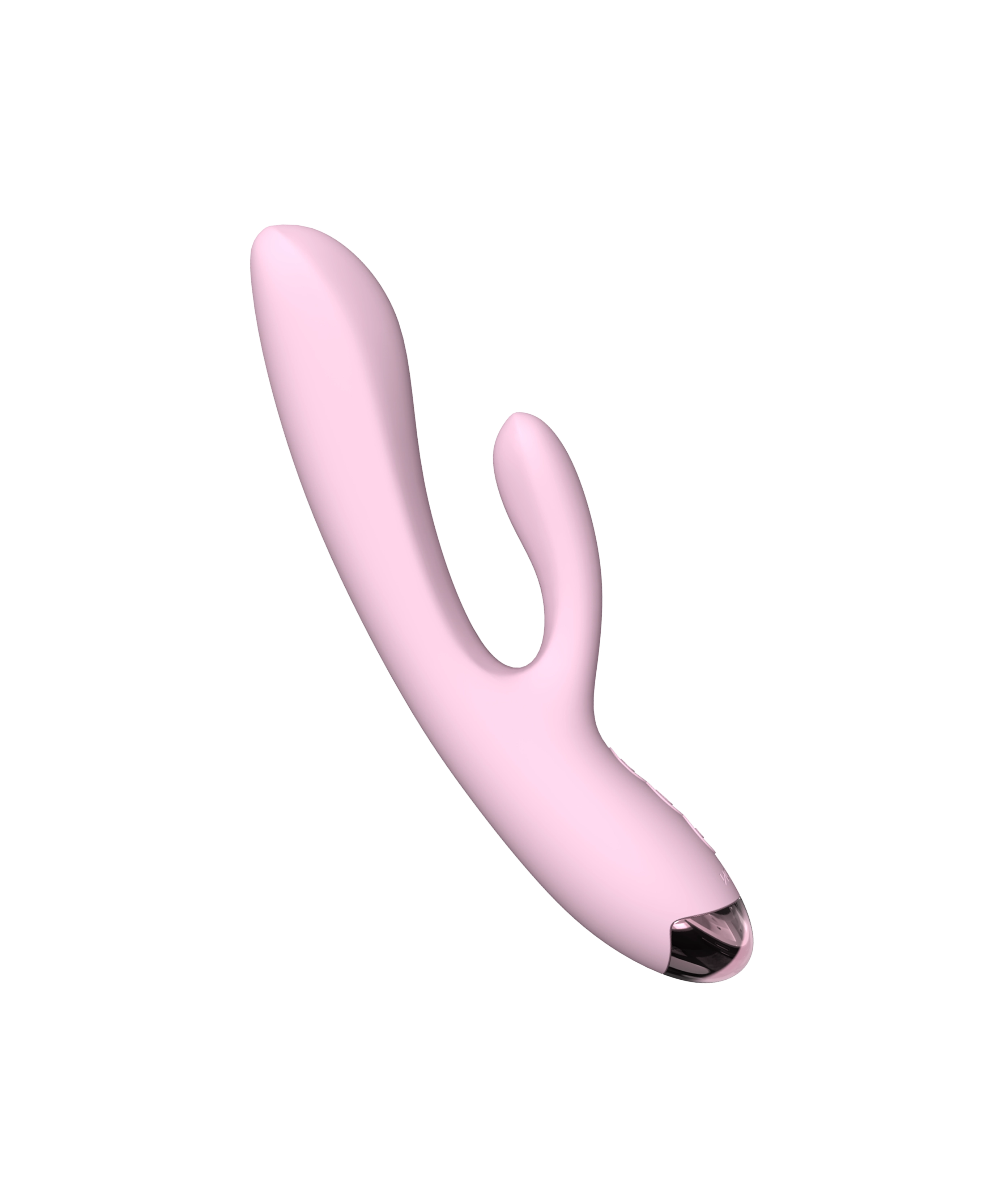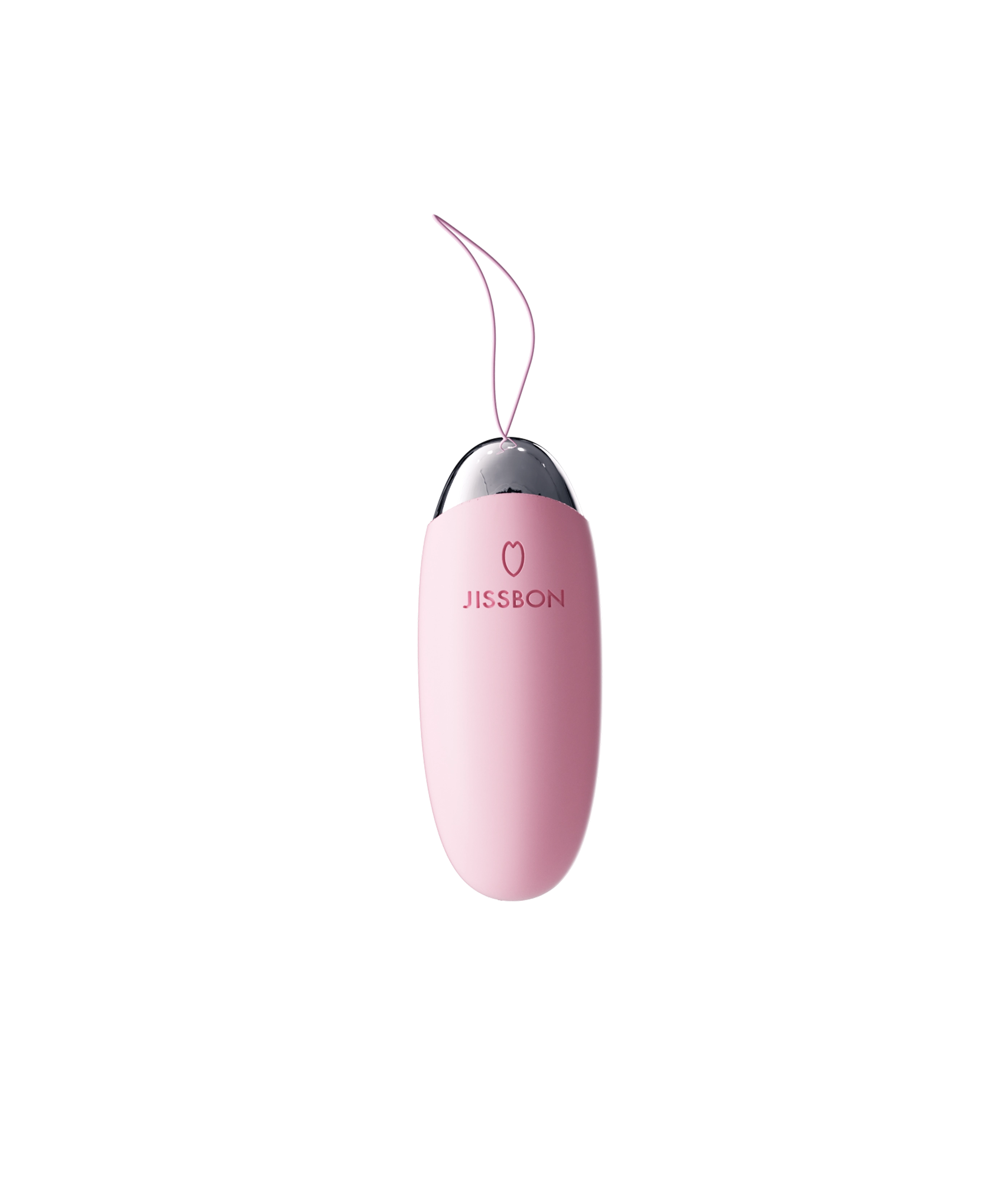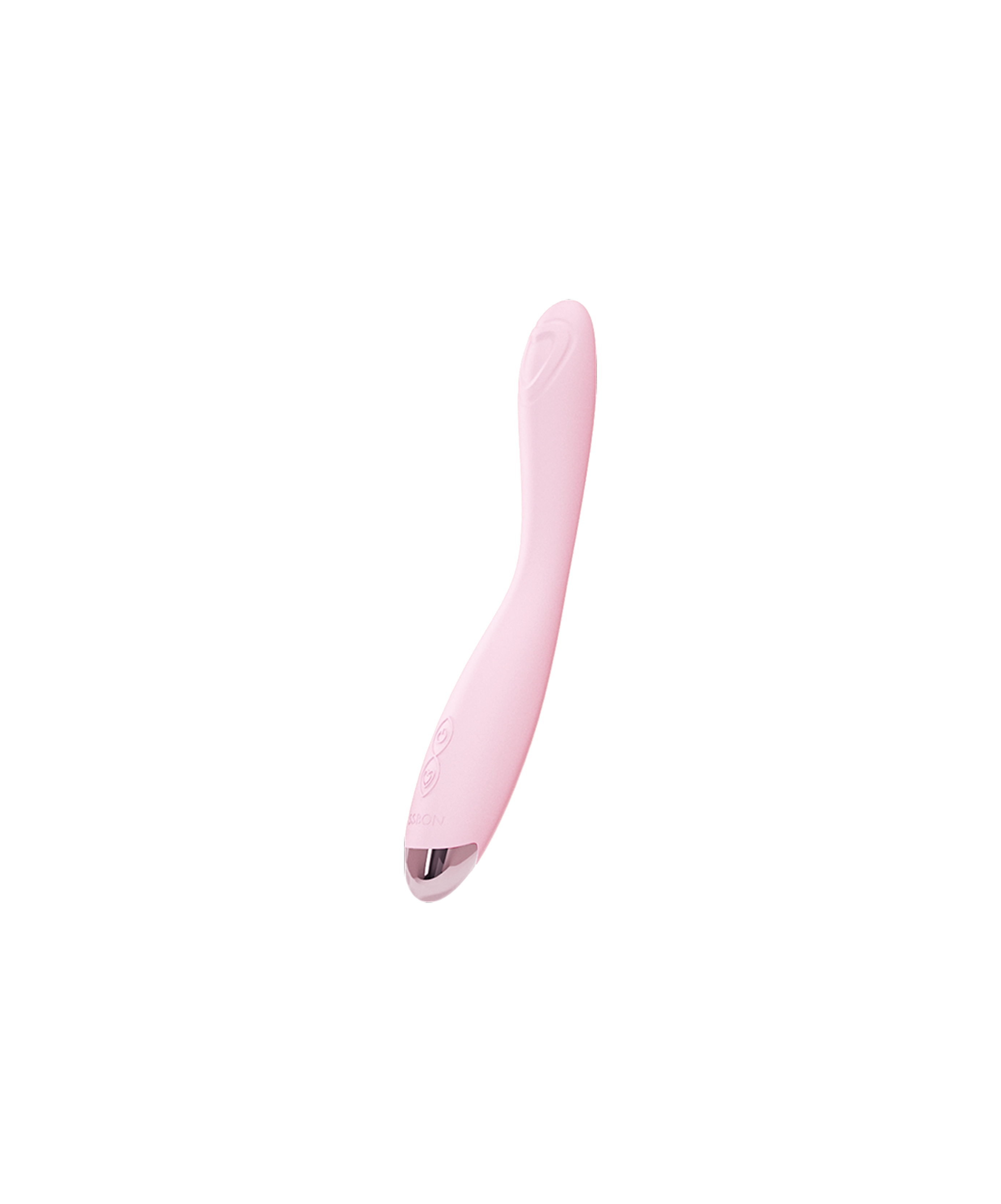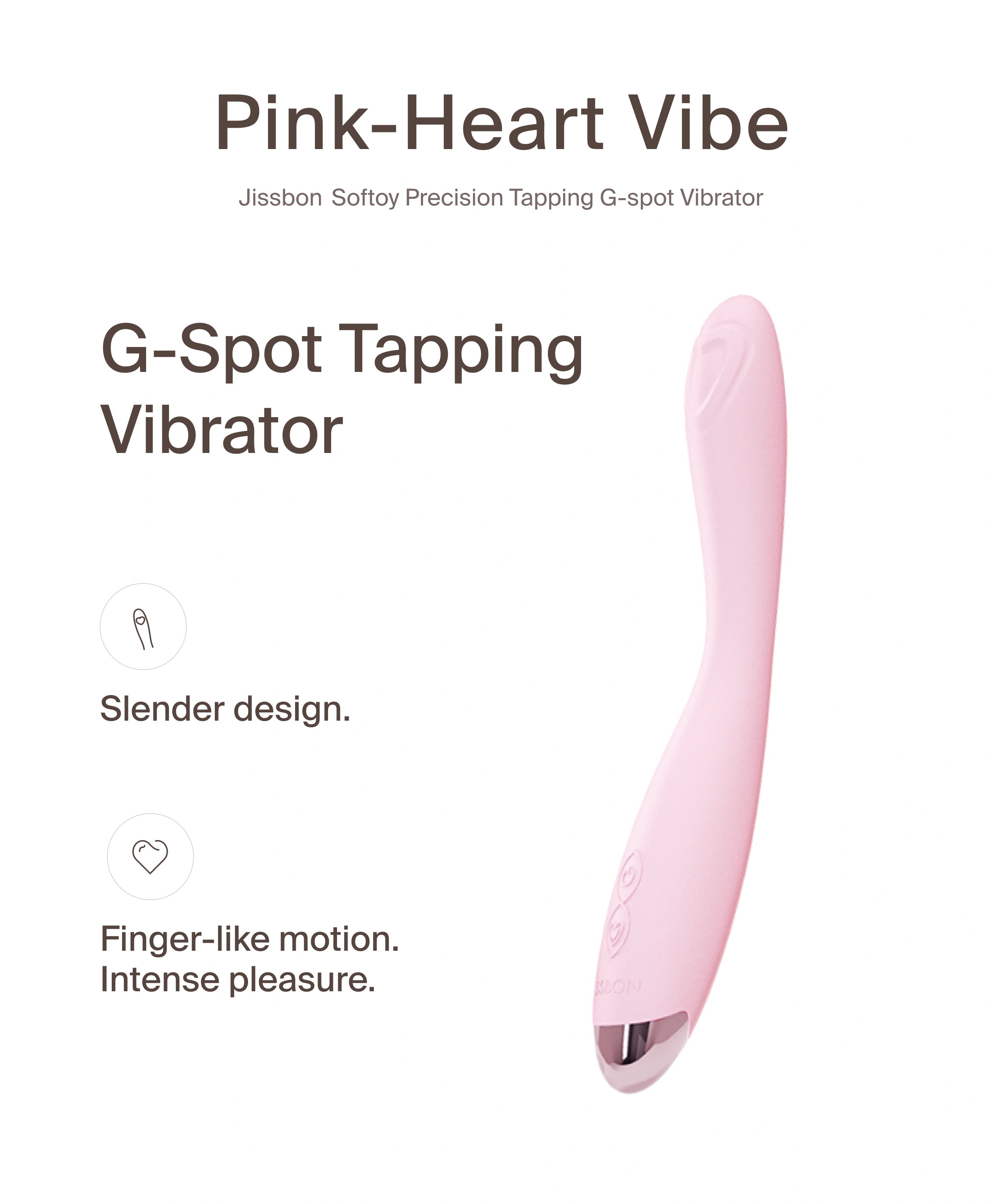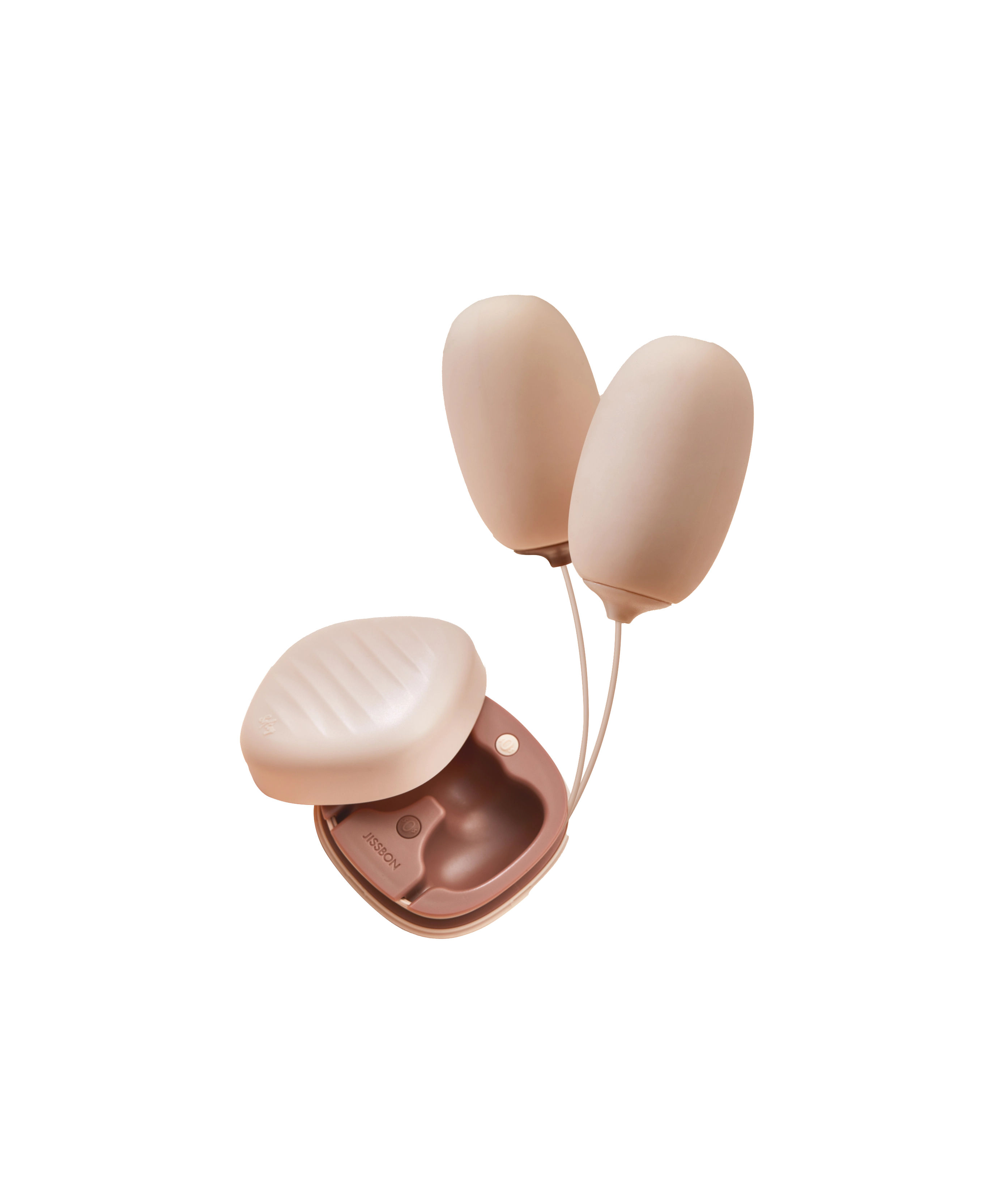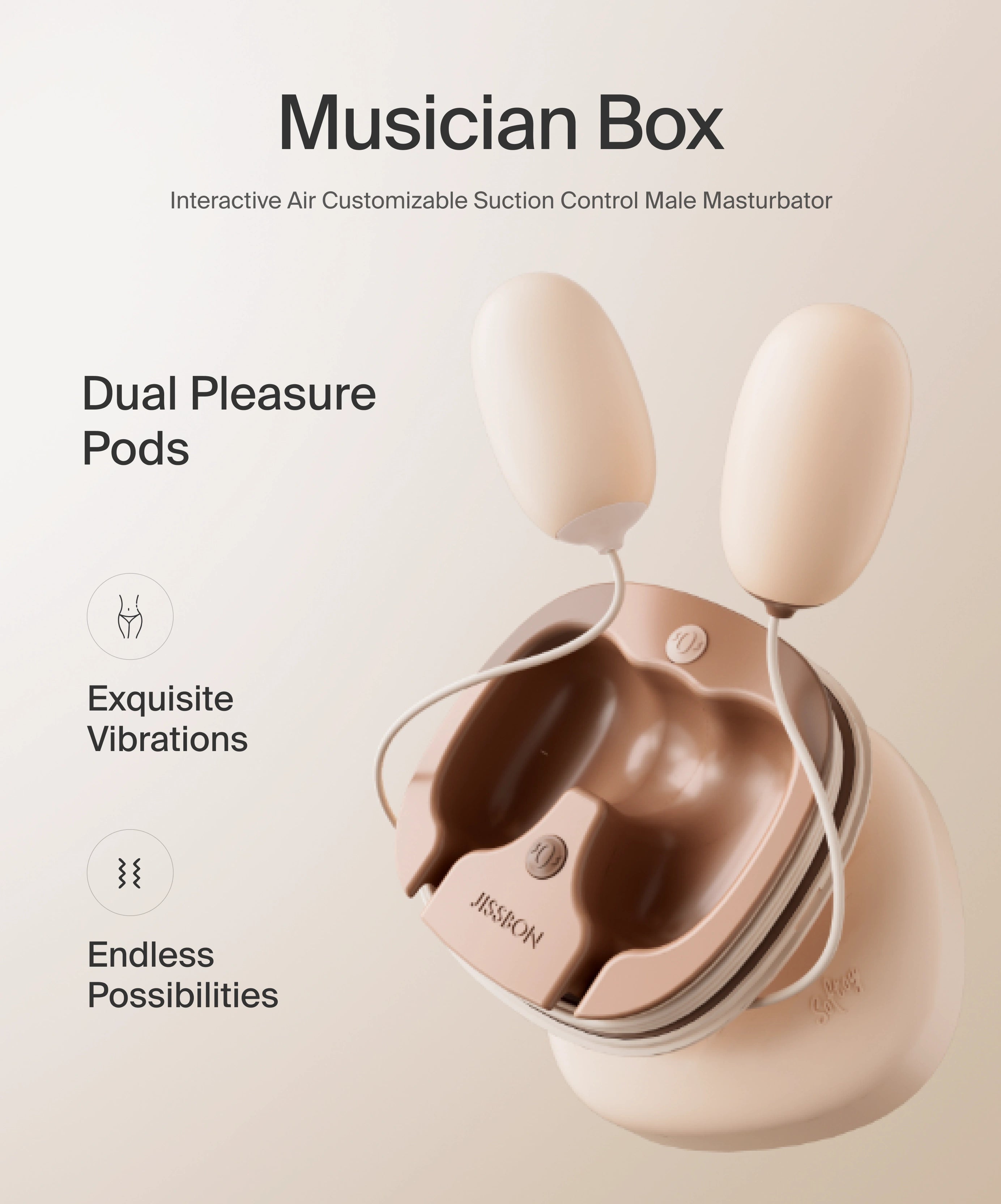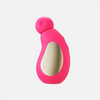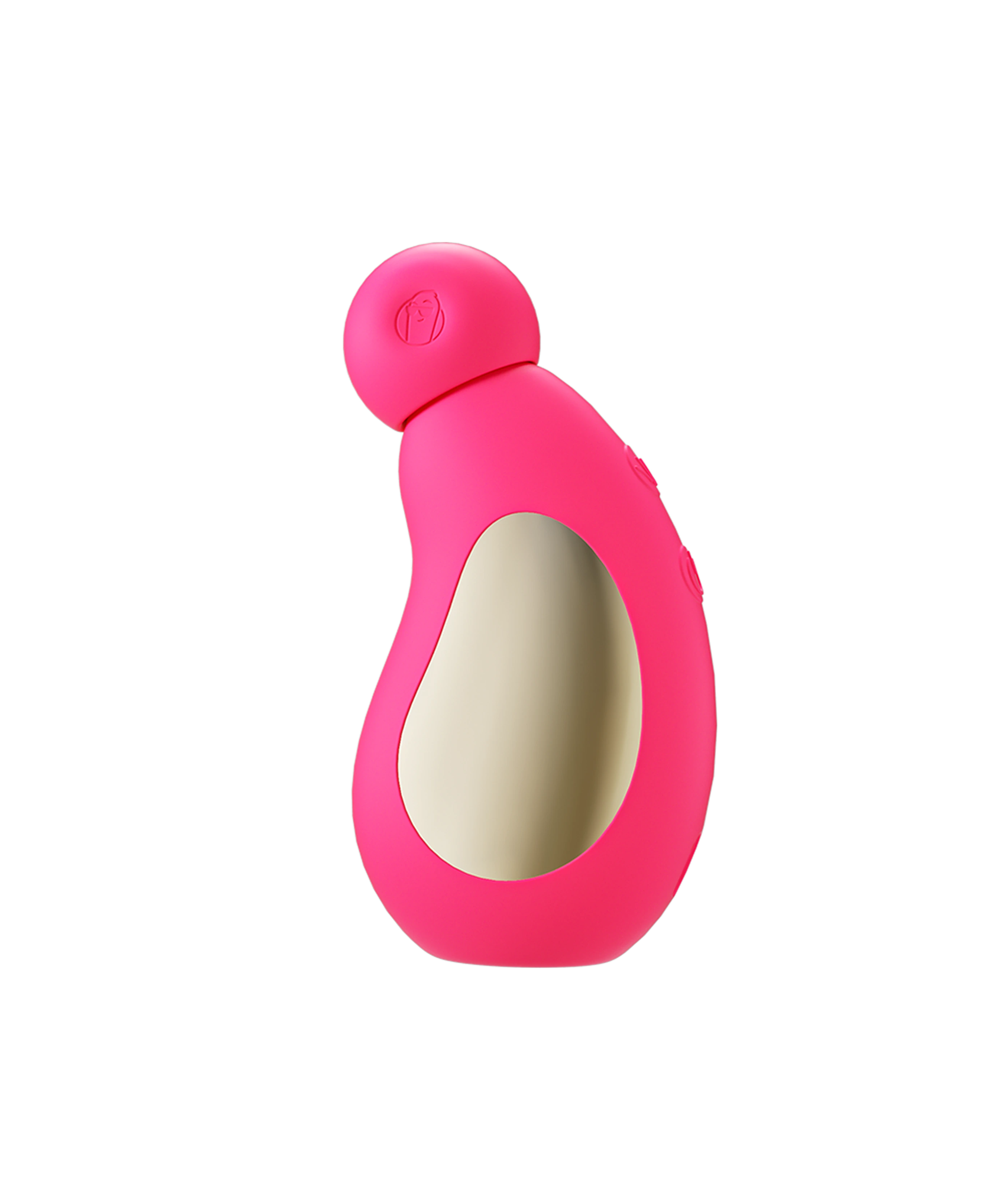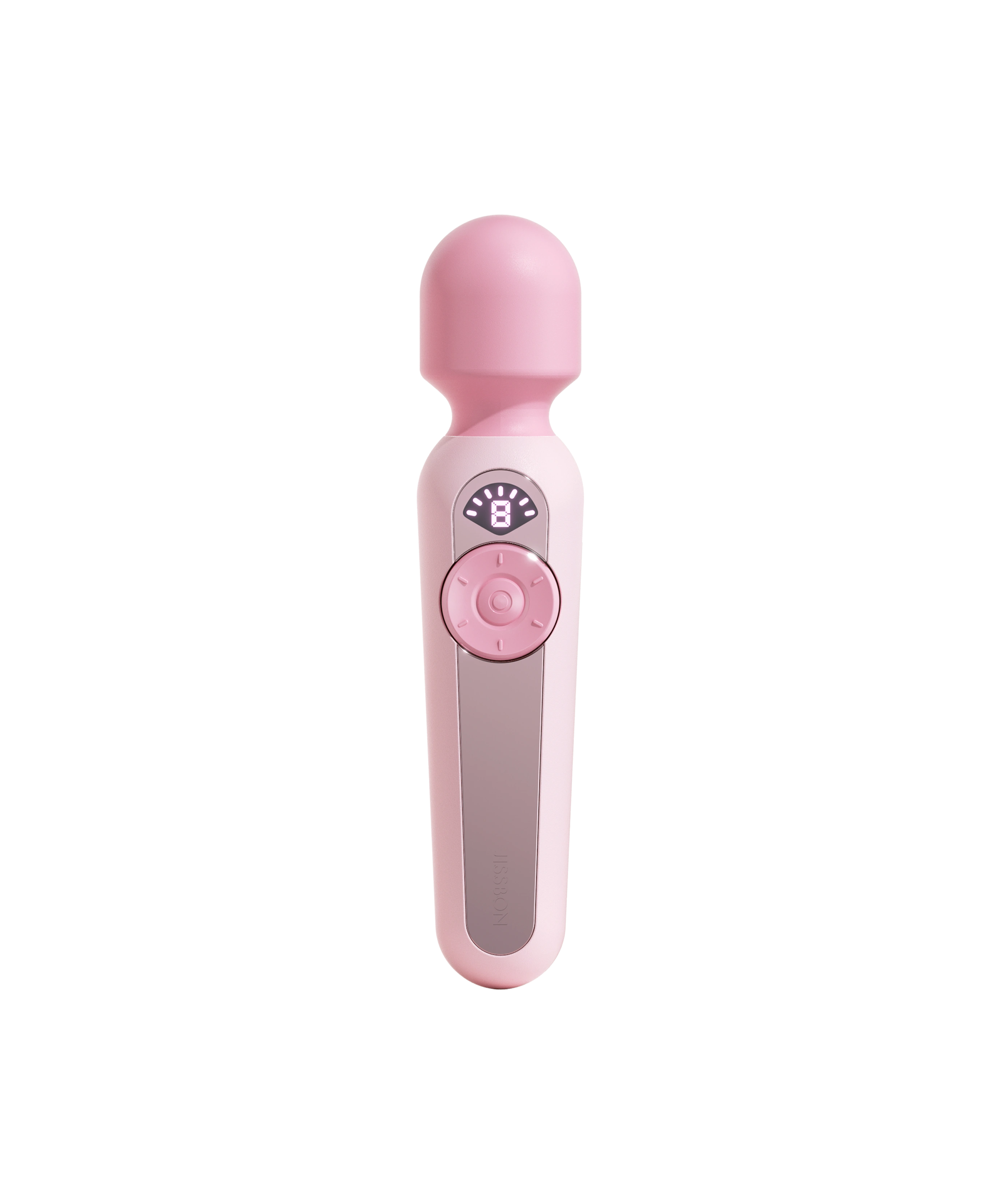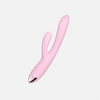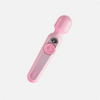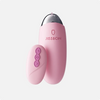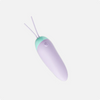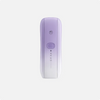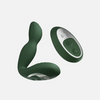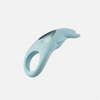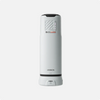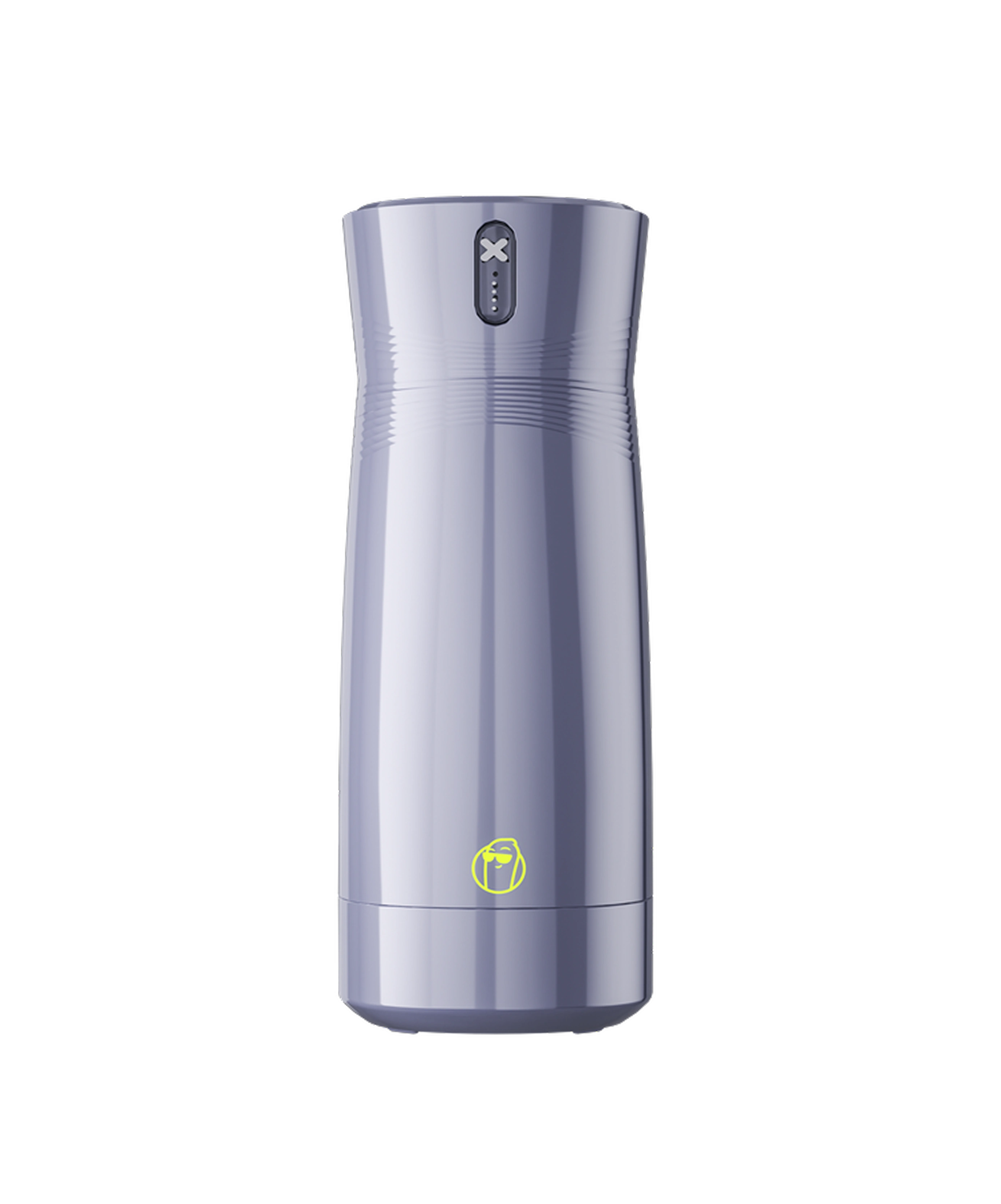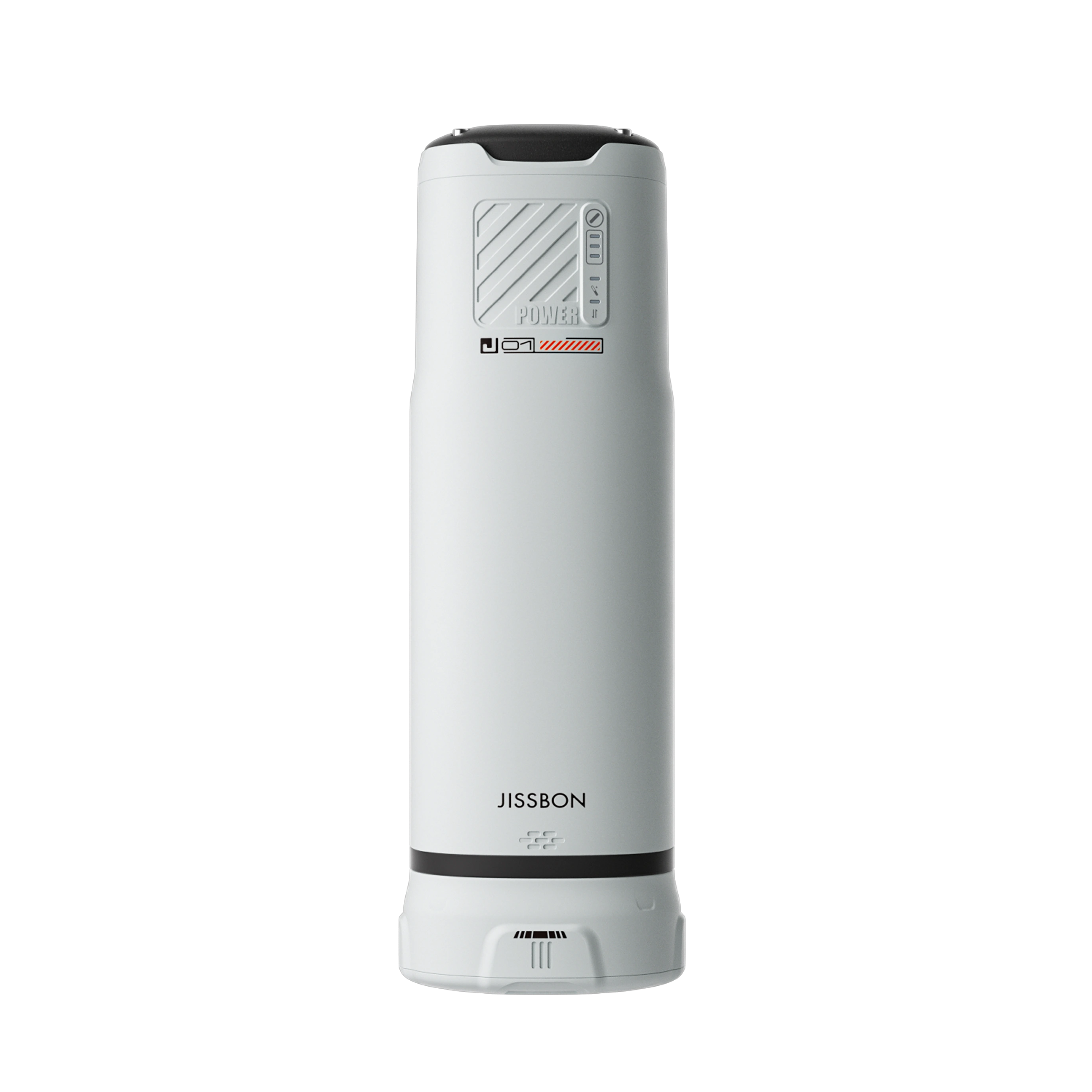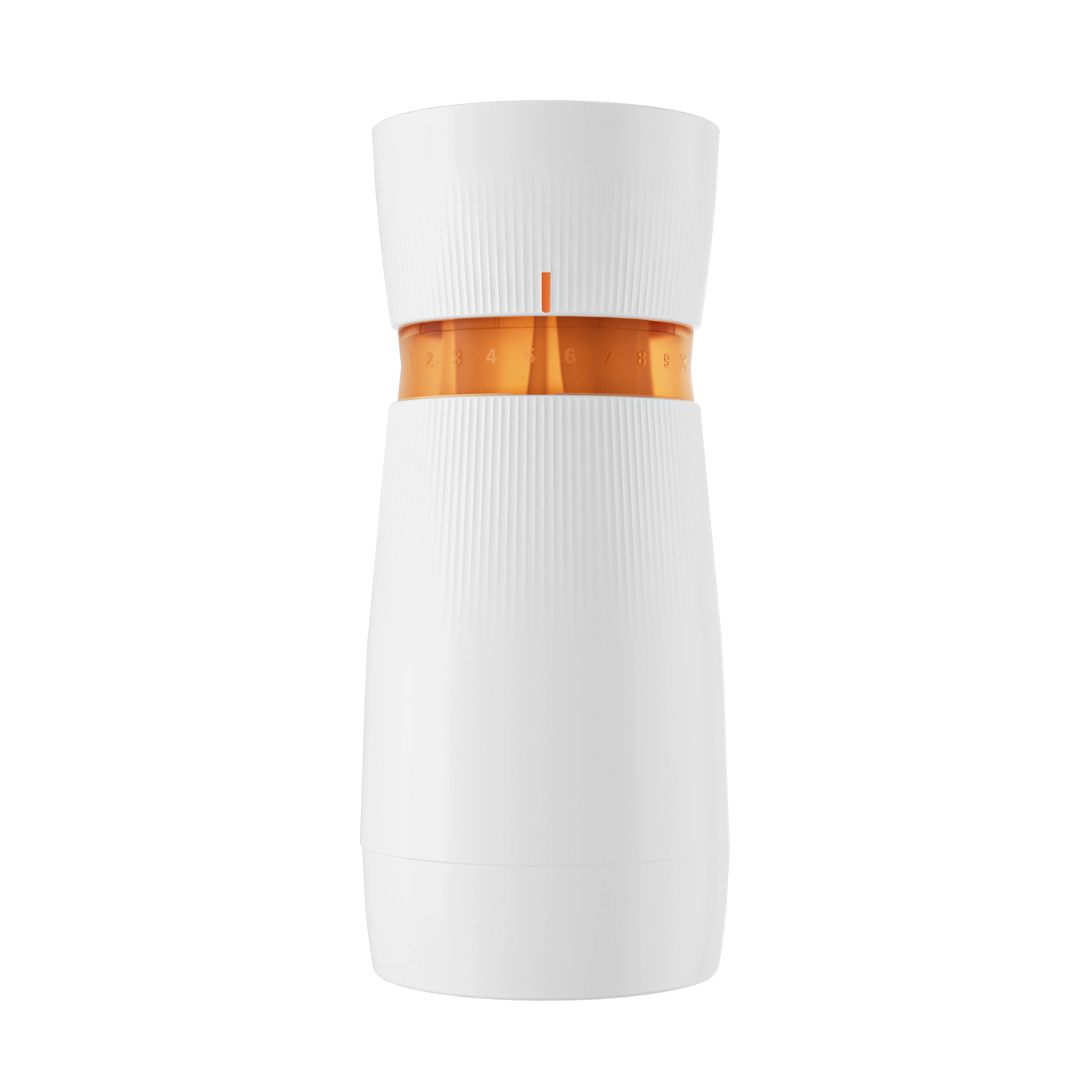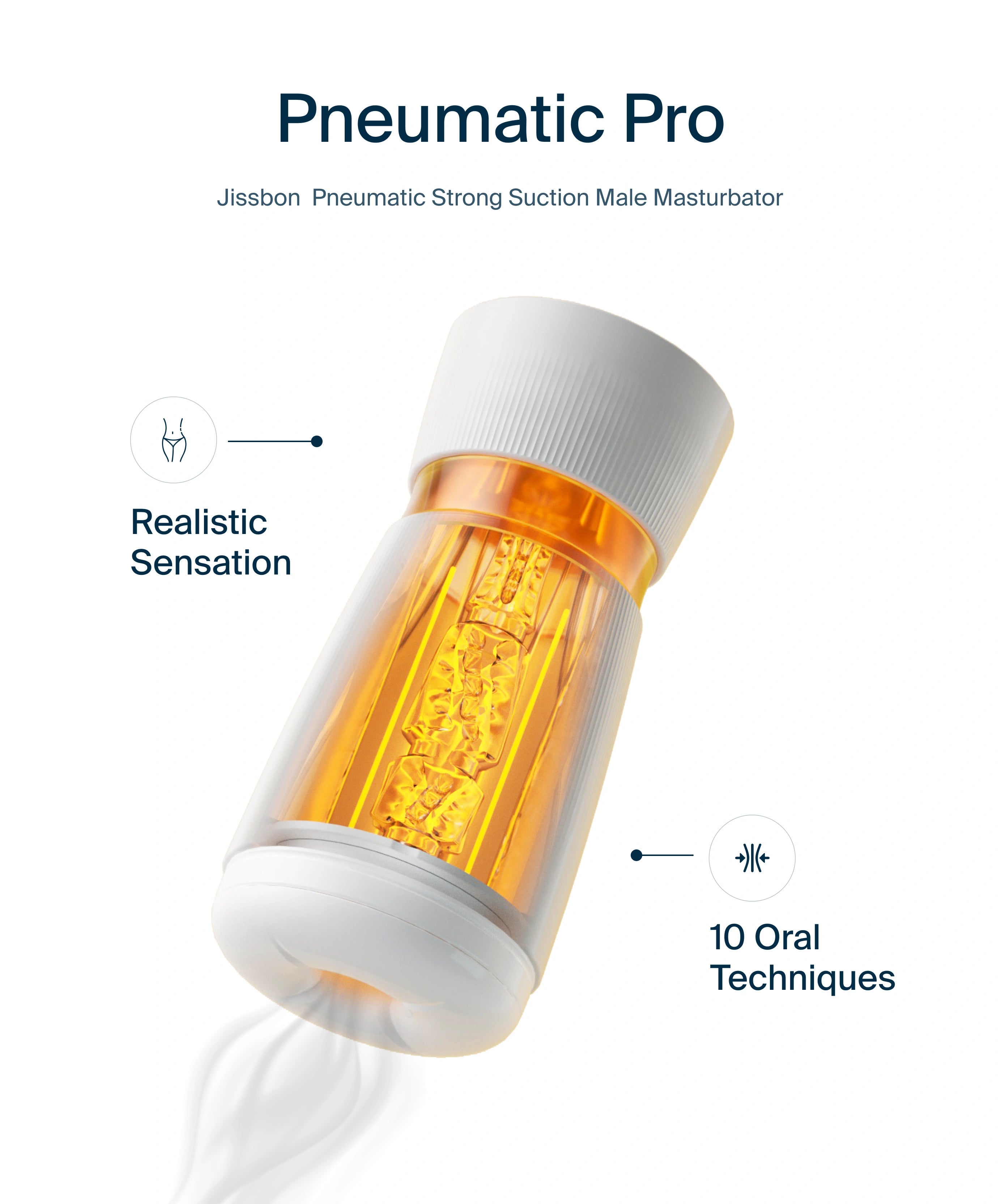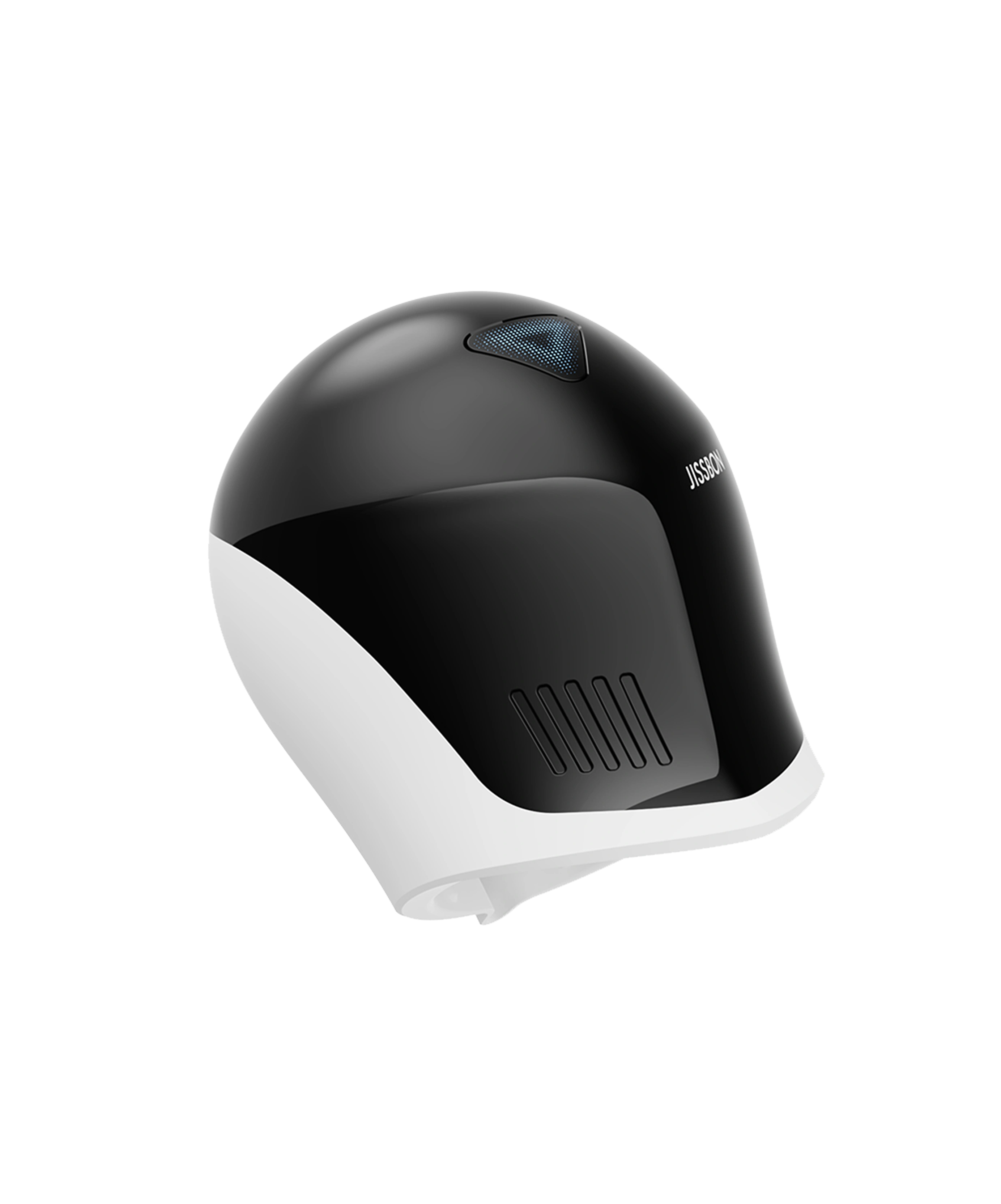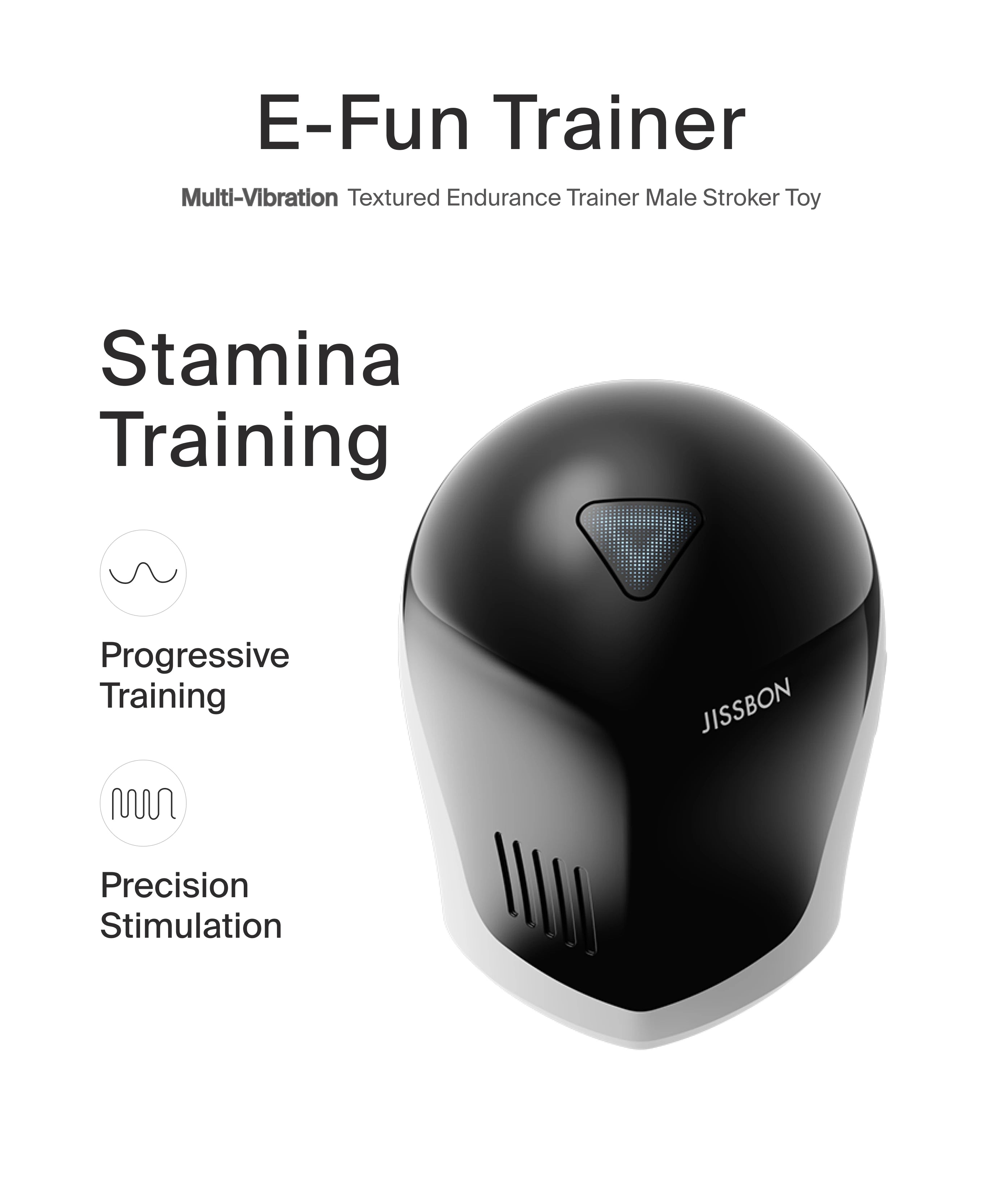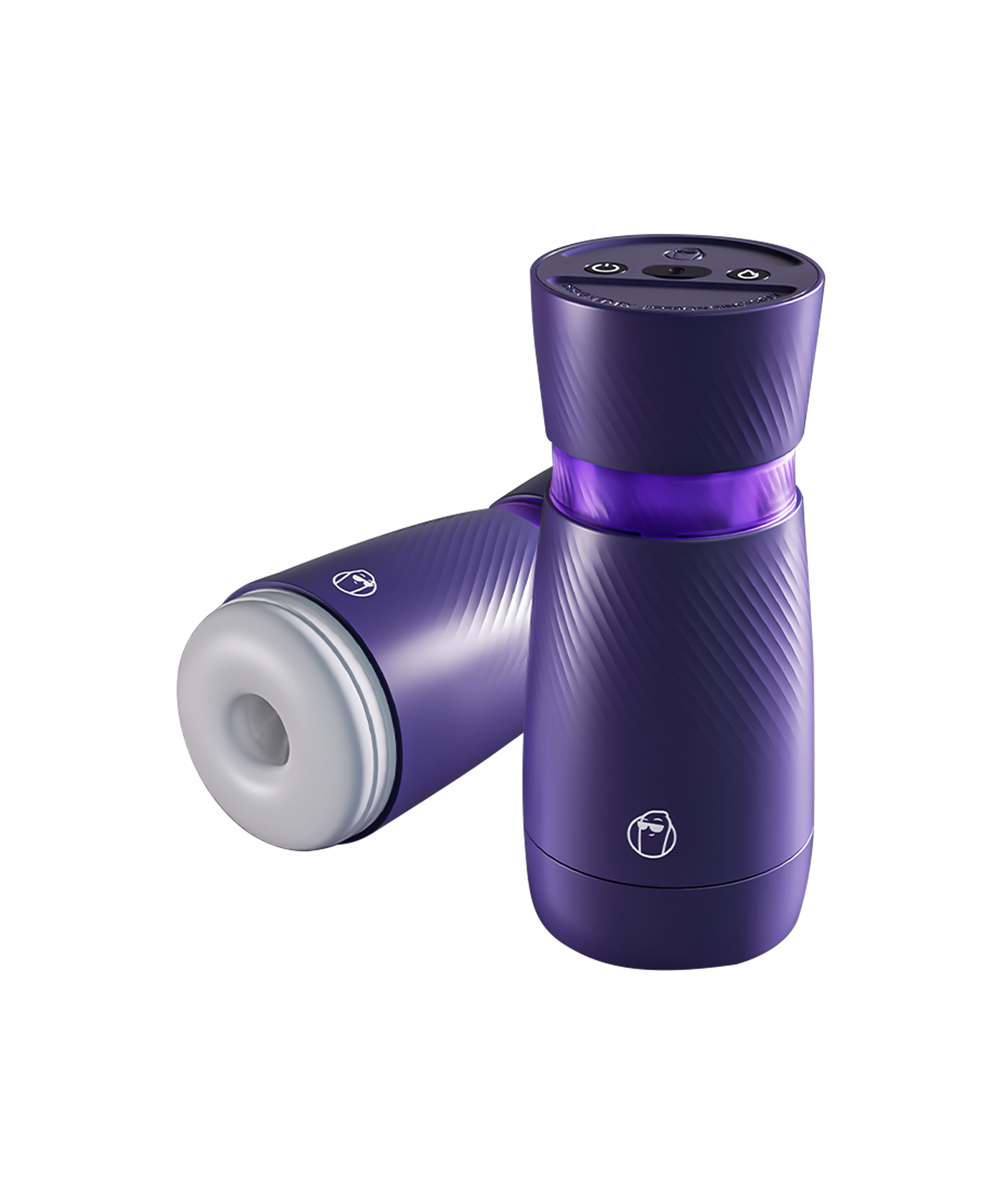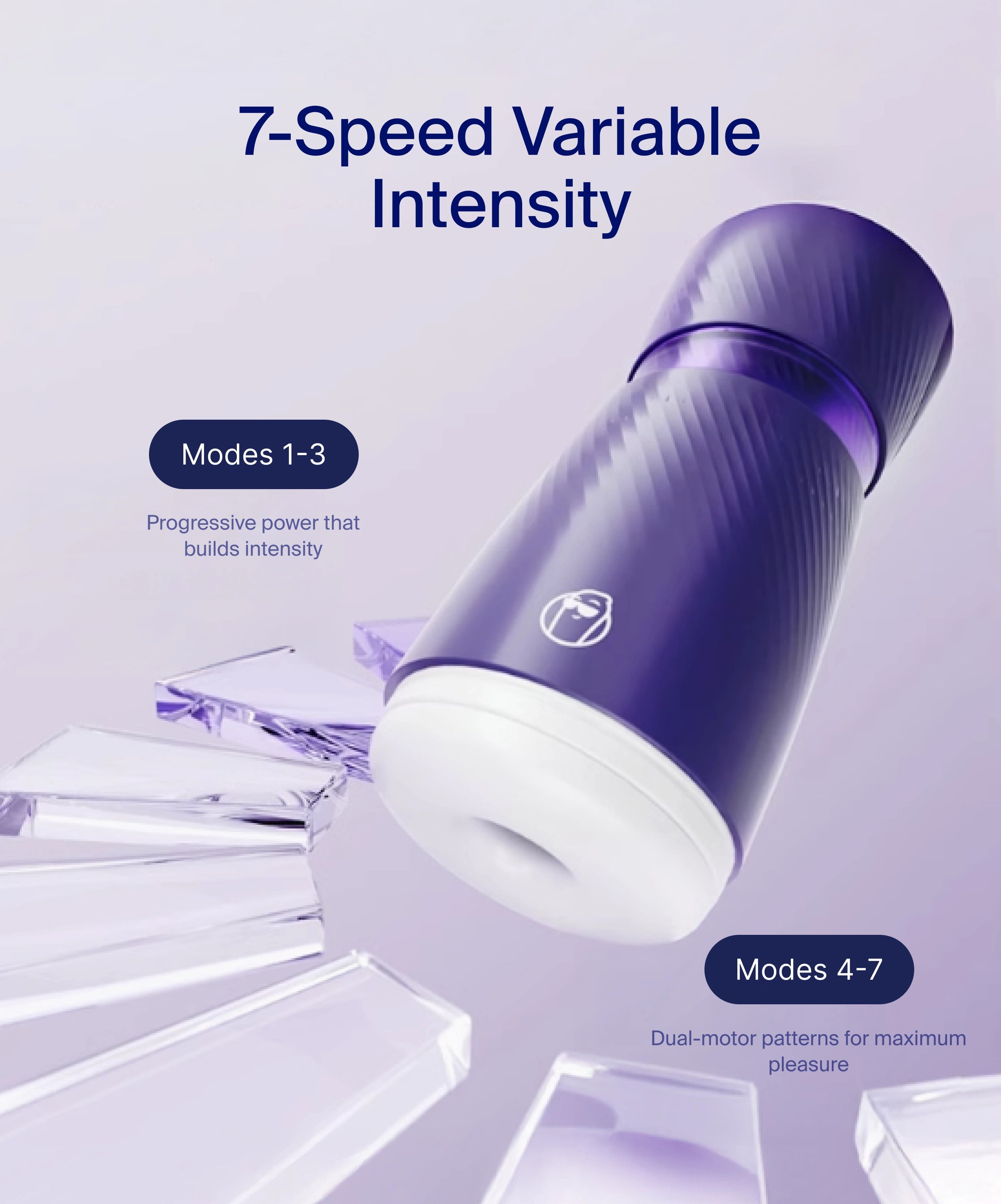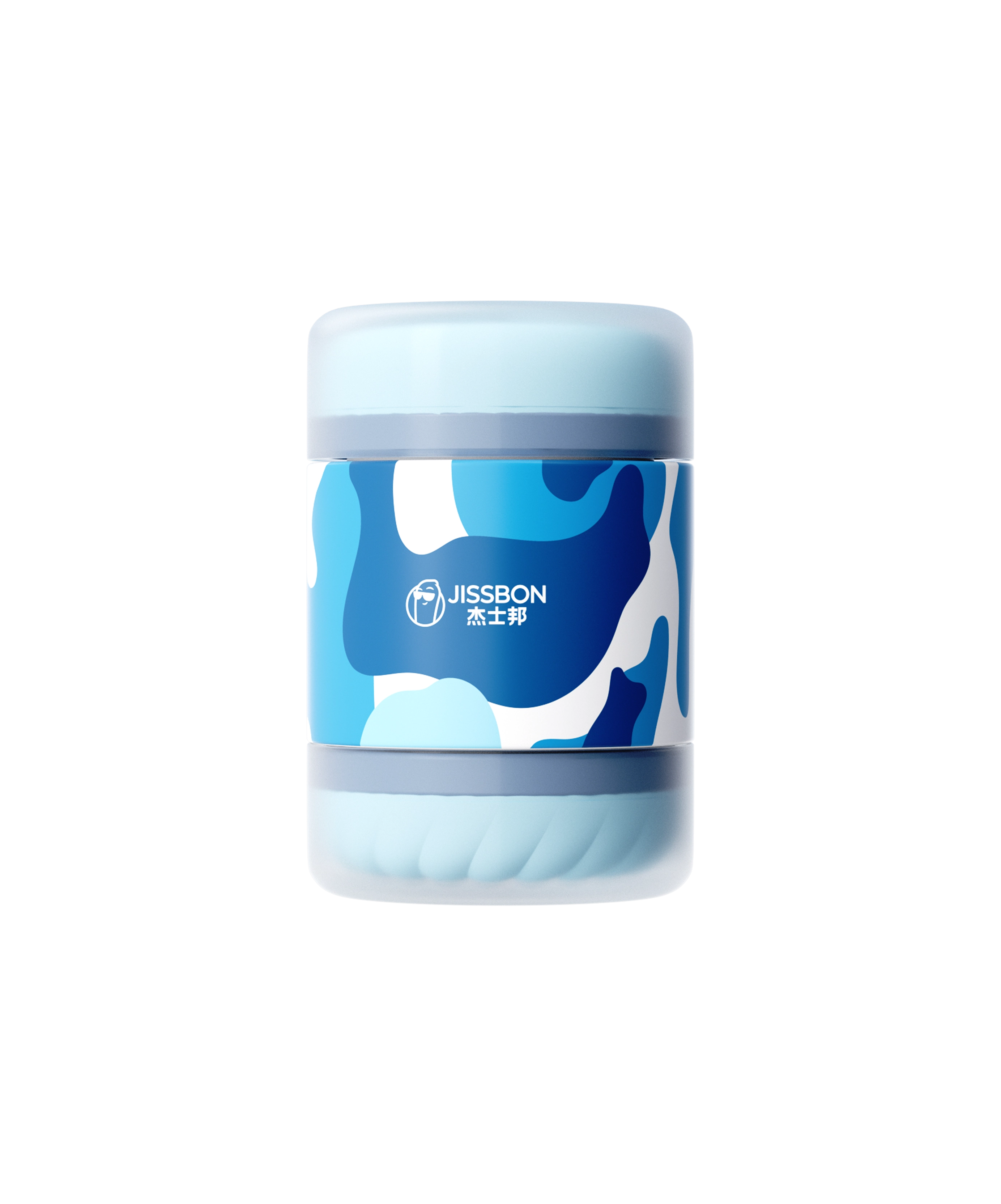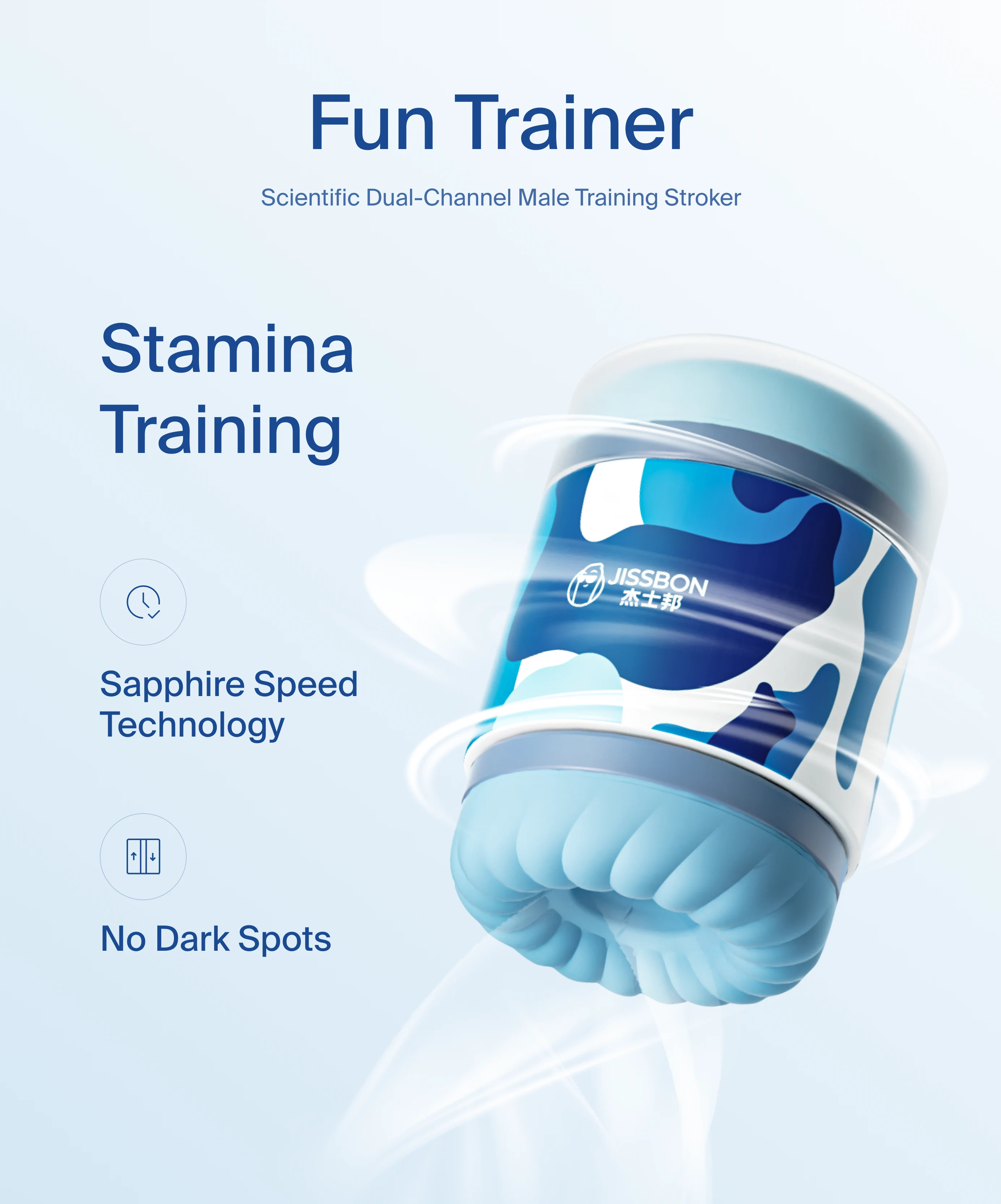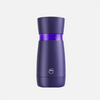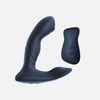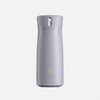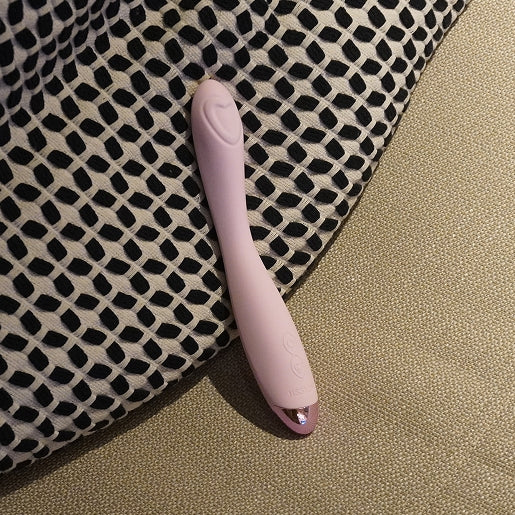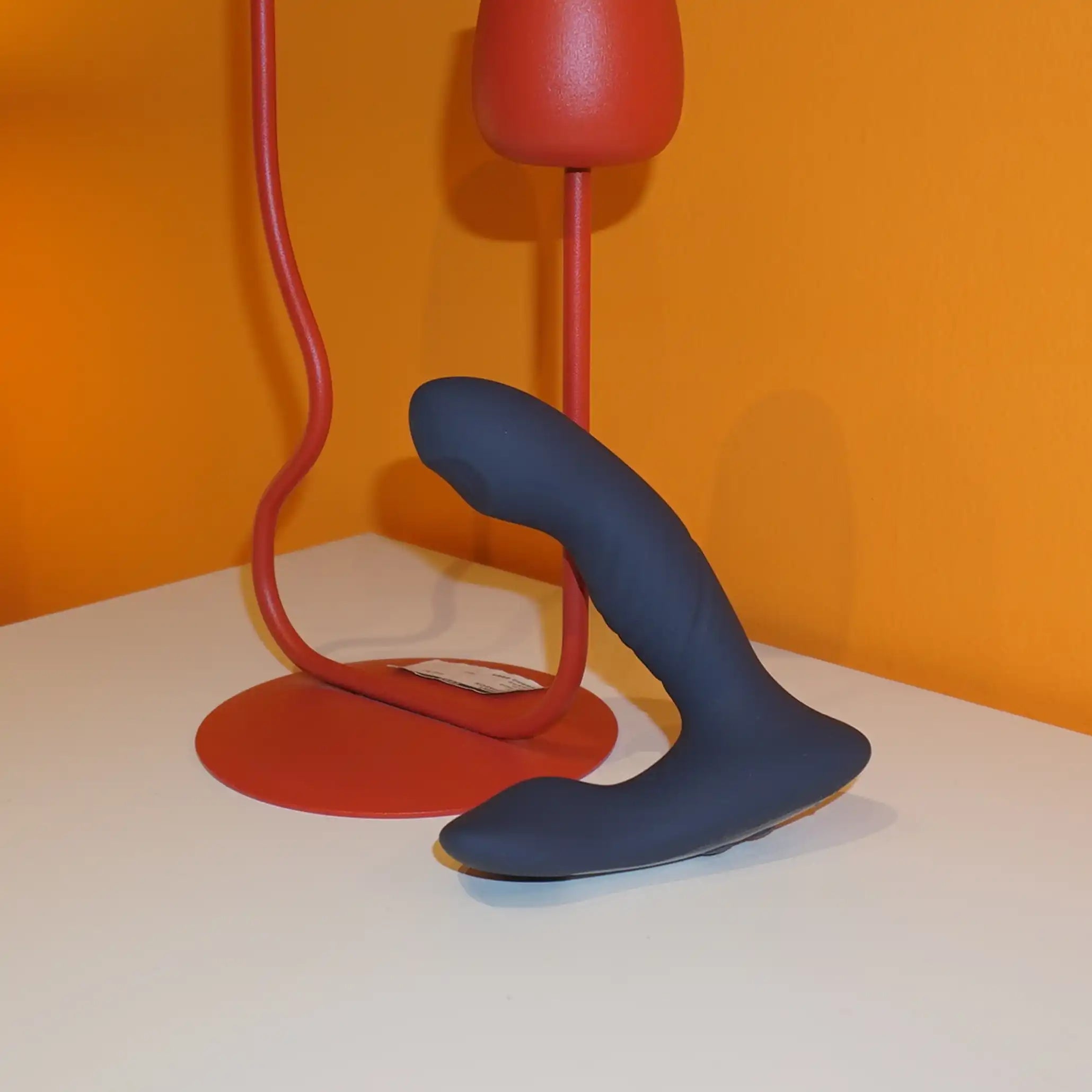Curious about hands free orgasm—and whether it’s actually possible to cum hands free? You’re not alone. Plenty of people can reach climax with little or no direct manual stimulation, and some even learn to do it without any touch at all. This gentle, step‑by‑step guide explains what’s going on in your body, the core skills to train, and specific methods for male hands free orgasm and female hands free orgasm. We’ll keep brand mentions light, use simple language, and include high‑quality resources for deeper reading.
What counts as “hands free”?
People use “hands free” in two ways:
- Hands‑free (minimal touch): You don’t use your hands on your genitals, but you may use breathwork, pelvic floor contractions, body pressure (e.g., thighs), nipples, a partner’s mouth, or a wearable/remote toy.
- Touch‑free: No physical stimulation—just breath, focus, and pelvic floor engagement. A recent mainstream guide notes this is a trainable skill for many (not all) bodies, with a strong emphasis on pelvic floor strength and edging.
Both are valid. The goal here is to help you find how to cum without touching your genitals—or with far less touch than usual.
Quick science: why hands free cumming is possible
Orgasm vs. ejaculation: Orgasm is the pleasurable peak with rhythmic pelvic floor contractions; ejaculation is fluid release. They usually occur together but are distinct reflexes. That’s why some people can climax with little or no genital touch, or even without ejaculating. Authoritative medical explainers separate these processes clearly.
The pelvic floor connection: Contractions of the bulbospongiosus and related muscles drive the pulsing sensation of climax. Training these muscles (often called Kegels) can improve arousal control and intensity in some people, including men with sexual function concerns. Clinical research and patient guidance back this up.
Non‑genital pathways: Brain‑imaging work has shown nipple stimulation can activate the same sensory cortex areas involved in genital stimulation, explaining reports of nipple‑only orgasms.
Mindfulness & arousal: Mindfulness‑based sex therapy has been shown to improve sexual desire/arousal indices and increase mind‑body awareness—useful for hands‑free training where focus and breath matter.

The core skills (your hands‑free “toolkit”)
Breath pacing
- Inhale for 4, exhale for 6–8. Slightly longer exhales down‑shift the nervous system and reduce “chasing” tension that can block climax. Mindfulness‑based studies support breath‑and‑awareness practices for better arousal concordance.
Pelvic floor rhythm
- Practice soft pulses (2–3 per breath) and longer holds (3–5 seconds). Evidence suggests properly taught Kegels over ~12 weeks can improve sexual function in some men; similar pelvic‑health guidance exists for women.
Arousal scaffolding
- Build heat with fantasy, audio erotica, nipple play, grinding, or pressure through clothing—then layer breath + pelvic pulses instead of hands. A clinical overview of orgasm notes arousal builds across phases before the reflex “tips.”
Edging (touch‑light)
- Approach the edge, back off, repeat. This heightens the final peak and helps you learn your personal “point of no return.” Even competitor how‑tos emphasize edging for hands‑free success.
Step‑by‑step: a 10‑minute hands free orgasm routine (solo)
Set‑up (1 min)
Lie down comfortably. Dim lights. Choose a fantasy or audio track. If you’re using a wearable or remote toy, position it now and set intensity low (optional).
1) Breath & body scan (2 min): Close your eyes. Inhale 4 / exhale 6–8. Soften your jaw, chest, belly, and pelvic floor. Imagine warmth spreading to genitals. (Mindful focus helps your body track arousal signals.)
2) Pelvic pulses (2 min): On each exhale, do three gentle pelvic floor squeezes (like holding in gas), then release fully. Keep shoulders loose. If you’re very sensitive, add thin fabric between your body and any surface to reduce friction.
3) Non‑genital arousal (2–3 min): Pick one: nipple stimulation, thigh squeeze, slow grinding against a pillow (through clothing), or an external audio/visual cue. Keep breath steady. (Nipple‑triggered arousal has a clear neural basis for some people.)
4) Edging (2–3 min): When arousal reaches ~7/10, pause movement, keep breathing, and pulse the pelvic floor slowly (one squeeze per exhale). Let the wave retreat, then repeat. If it tips over, ride it—hands free cumming often arrives after a couple of near‑misses.
Tip: If you’re close but not crossing over, lengthen exhales and switch to tiny pelvic pulses. Some find a gentle mental image—a warm “line” moving from pelvis up the spine—helps the reflex catch.

Male hands free orgasm: routes that work
- Perineum focus: Use breath and pelvic pulses while pressing your thighs together or shifting body weight to create mild pressure between scrotum and anus (over clothing or a cushion).
- Prostate pathway: Some people learn a handsfree ejaculation via internal or external prostate stimulation combined with breath/pulse control. If you use a wearable massager, keep hands off and let patterns run while you pace your breath.
- Edging with rhythm: Bring arousal high with fantasy or audio, then stop all movement and pulse the pelvic floor on each exhale until the orgasm reflex fires.
- Training assist (optional): Automatic sleeves can create a stable rhythm while your hands stay by your sides—use low intensity and practice breath control to separate ejaculation from “chasing.” Clinical work on pelvic floor training supports better control over time.
Female hands free orgasm: routes that work
- Nipple‑led build: Use breath + pelvic pulses while focusing solely on nipples (hand, partner’s mouth, or fabric glide). Brain‑mapping research shows nipple stimulation can activate genital sensory cortex—why this works for some.
- Grinding (through clothing): Lie prone over a pillow, keep movement small, and aim for steady pressure rather than friction. Swap to micro‑pulses and breath at the edge.
- Wearable stimulation (optional): A hands‑free, low‑profile device can keep a steady hum while you focus on breath and visualization.
- Mindful edging: Many find how to cum handsfree becomes easier after a few minutes of quiet, low‑intensity arousal with slow exhales and pelvic floor rhythms; mindfulness studies show improved arousal awareness after brief training blocks.
Exercise‑induced orgasm (“coregasm”)
A subset of people experience orgasm or strong pleasure from certain workouts, especially core and lower‑ab moves (e.g., leg raises, hanging knee tucks, climbing). Peer‑reviewed work documents exercise‑induced orgasm (EIO) and pleasure among women; later research suggests roughly ~9% report EIO at least once. These are classic examples of handsfree orgasm triggered by muscular effort and focus.
A practical mainstream explainer notes abdominal engagement and intensity matter, but EIO isn’t universal—and regular exercise still benefits sexual health overall.
Sleep orgasms (nocturnal orgasms)
Yes—handsfree climax can occur during sleep. Medical sources describe orgasm as a brain‑body reflex at peak arousal; mainstream guides note nocturnal orgasms happen without deliberate stimulation and may be more common when arousal is high before sleep. (You can’t force this, but you can create a receptive state with relaxation and erotic imagery.)
Pelvic floor: how to train (all genders)
- Find the muscles: Imagine stopping urine mid‑stream or holding in gas—that squeeze is the pelvic floor.
- Beginner set: 10 gentle squeezes, 3–5 seconds each, fully relax between reps; repeat 3x/day.
- Progression: Mix quick pulses and longer holds; practice in different positions (lying, sitting, standing). Good guides exist for both women and men via national health services and medical centers.
Note: Over‑tightening can backfire. If you feel pelvic pain or constant clenching, see a pelvic‑health physio. Balance strength and relaxation. Recent coverage also stresses letting the pelvic floor relax fully between reps.
Mindfulness & fantasy: the “attention loop”
Hands‑free cumming is easier when attention, breath, and pelvic rhythm loop together. Mindfulness‑based interventions improved sexual desire/arousal in controlled studies—use that idea here: pick one sensation (warmth, pressure, nipple tingle), breathe into it, and pulse lightly. If thoughts wander, just return to breath + pulse.
Toy‑assisted, still hands‑light (optional)
If you’re open to small devices that don’t require constant holding:
- Wearables/remote toys: Set a low pattern, tuck the controller away, and focus on breath.
- Mounts & cushions: For people who enjoy grinding without hands, a toy mount or firm pillow can create the right angle while you keep arms relaxed.
-
Auto‑sleeves: For training ejaculation timing without hand motion, a low‑intensity sleeve can provide consistent stimulation while you practice edging and pelvic pulses. (Again, see male masturbators.)
Competitor how‑tos and mainstream guides list similar options (humping/grinding, mounts, shower stream), but your breath and pelvic rhythm are still the core.
Safety & expectations
- Not everyone will be touch‑free. Bodies vary; consider success any reduction in manual effort. A reputable medical overview frames orgasm as brief, intense, and variable by context—give yourself room to experiment.
- Listen to your body. Pain, numbness, or pelvic cramping are stop signs; rest and hydrate.
- Health check‑ins: If you have pelvic pain, recent surgery, prostatitis, or are rehabbing the pelvic floor, talk to a clinician before intense training.
- Privacy & consent: If a partner is involved (oral, nipple play), agree on boundaries and safe language first.
Troubleshooting (quick fixes)
- “I get close but lose it.” Lengthen your exhale and switch to micro‑pulses. Edging several times can help the reflex “catch.”
- “It’s too intense.” Add a thin fabric layer, reduce pressure, or shift attention to nipples/breath for one minute.
- “I can’t feel my pelvic floor.” Try the basic Kegel finder (as if stopping urine) then release fully; use shorter sets and build gradually with guidance from national health services.
- “Handsfree ejaculation happens, but without pleasure.” Separate sessions: train arousal and breath without ejaculation first; then re‑combine. If it persists and worries you, ask a clinician about pelvic health or medication effects.
Frequently Asked Questions
Can you really have a hands free orgasm?
Yes—many can, especially with breathwork, pelvic floor training, and edging. Even major brands’ guides describe hands‑free and “touch‑free” approaches that rely on pelvic engagement and focus rather than manual stimulation.
How to cum hands free for men—what actually works?
Focus on breath + pelvic pulses, perineum pressure (via body weight), or a wearable/prostate route if desired. Automatic sleeves can help you train pacing with hands by your sides. Evidence supports pelvic floor training for sexual function in men.
How to cum handsfree for women—best starting point?
Nipple‑led build, gentle grinding through clothing, or a low‑profile wearable paired with mindful breathing. Brain‑mapping research supports nipple‑to‑genital sensory links that make nipple‑only orgasms possible for some.
Is a touch‑free orgasm (no stimulation at all) realistic?
Sometimes. It’s less common and usually requires patient practice (breath, visualization, pelvic rhythm). Mindfulness‑based programs improve arousal awareness, which helps.
What is a coregasm and can I learn it?
It’s exercise‑induced orgasm during certain workouts (often core‑focused). Studies document EIO; about ~9% in one sample reported it at least once. Not universal, but worth exploring if you enjoy training.
Does oxytocin or other hormones matter here?
Post‑orgasm, oxytocin is implicated in relaxation and bonding; the broader picture is complex, but it likely contributes to the “afterglow.” It won’t replace breath/pelvic training, though.
Are there risks to Kegels?
Over‑doing without full relaxations can lead to tension or discomfort. Follow reputable pelvic‑health instructions and rest between squeezes; see a pelvic‑health physio if pain arises.
Gentle takeaways
- Hands free orgasm is a spectrum—from minimal‑touch to handsfree orgasm with breath + pelvic rhythm alone.
- Build three skills: breath, pelvic floor control, and edging. Add non‑genital routes (nipple, pressure, fantasy) and keep touch light or absent.
- Training works best when expectations are kind and sessions are short.
- If you want a hands‑light practice with steady rhythm, consider a training sleeve and keep focus on pacing, not chasing—start in male masturbators or try E‑Fun Trainer vibrating male stroker at low intensity.
- Celebrate small wins: less hand effort, easier arousal, or deeper relaxation all count.
Read more

Curious about the public sex kink and how to explore it ethically? You’re not alone. Many people are turned on by being watched—or by the risk of being seen. In kink circles, this is often called e...

If you’re new to toys, the difference between vibrator and dildo can feel confusing. Both can be shaped for the body and both can boost arousal—but they aren’t the same tool. In simple terms: a vib...
